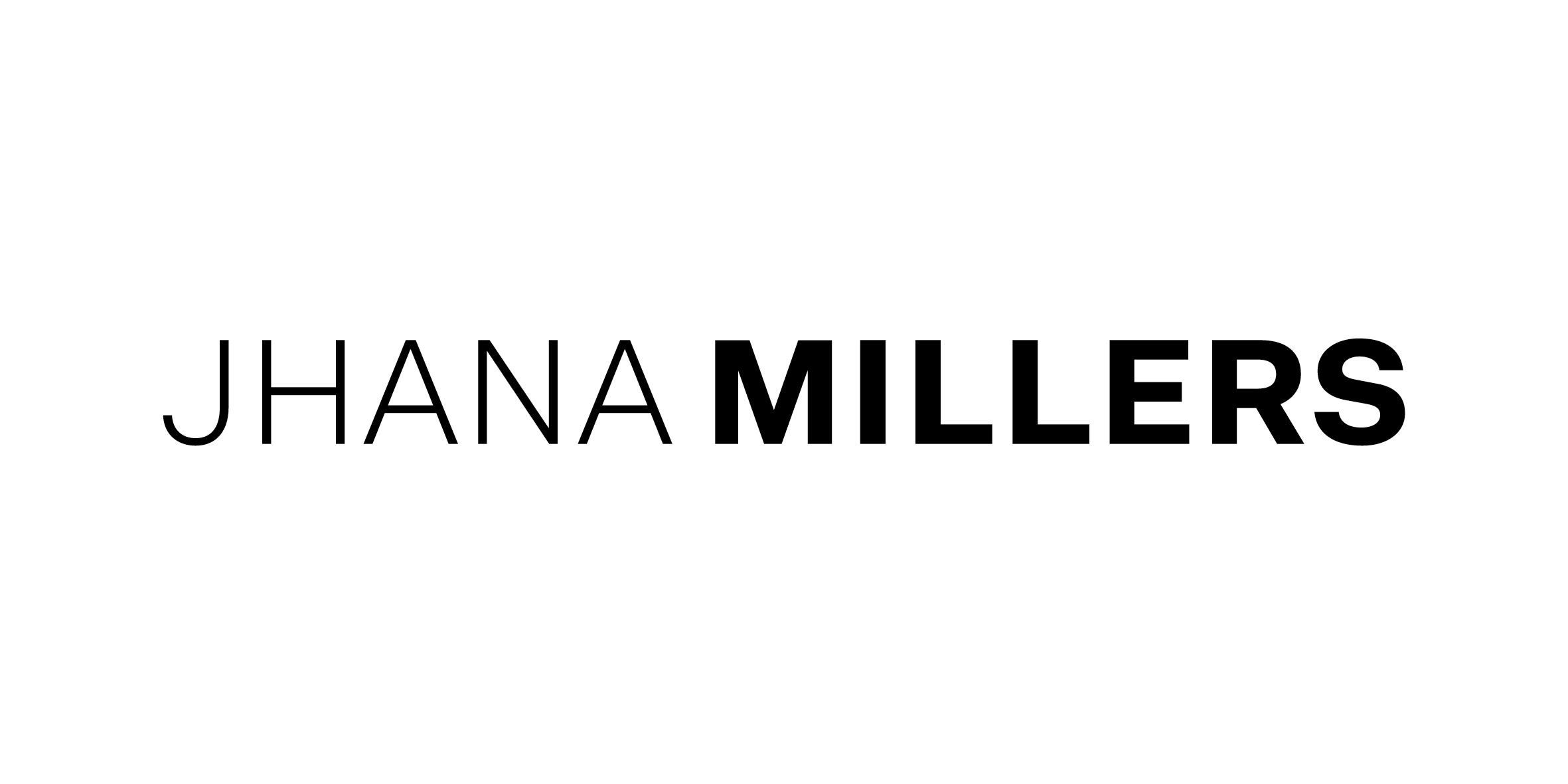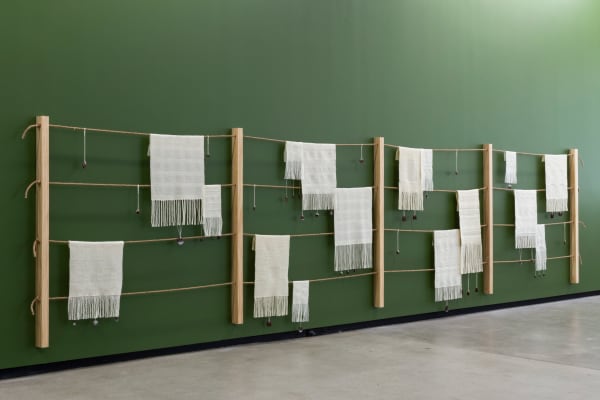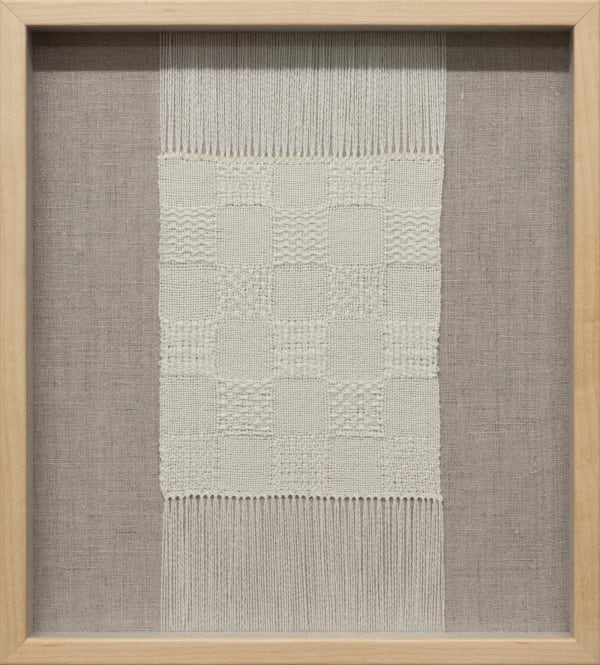-
-
How deep into the earth we sink
Caroline McQuarrie
How deep into the earth we sink is an exhibition developed from my time at The Gullies Art Residency on a sheep and beef farm in the Rangitīkei in winter 2023. The work explores land use in farming, using undyed Aotearoa grown wool woven into grid structures emulating pasture as seen from above in rolling hills, and deep gullies where native bush still grows. The woven works are weighted down with pottery weights made from papa clay, a type of clay made from soft, blue-grey mudstone or muddy sandstone common across Aotearoa, seen along the banks of the Rangitīkei river. The different weave textures might suggest differing uses of pasture, while the clay weights ground the lightweight weaving, suggesting a connection deeper into the earth.
The undyed ‘white’ wool references Aotearoa’s colonial past which is heavily tied to wool production, but also references the centuries long history humans have had with cultivating sheep in order to produce not only food but also textiles. Textile production is inseparable from early human development, and wool was one of the earliest fibres used. The use of land as a source of production is also inextricably linked to textile making and use. While on the residency I read about the earliest histories of humans beginning to divide up land to cultivate animals, along with the long story of our association with sheep.
While the work has broader themes this is also a personal exploration. While on the residency I was able to walk the farm at The Gullies and spend time in the rural landscape in ways that haven’t been possible for me since I was a child. Part of my exploration here has been to think about our personal connections with the whenua and how deeply we connect to it.
The work is woven on two looms, one 4-shaft table loom and one 8-shaft table loom. The yarn used is all grown in Aotearoa, the lace weight wool I used for the smallest works was sourced from Anna Gratton near Feilding who cultivates her own Corriedale blend sheep and spins and processes the wool on site. The heavier 4-ply and 8-ply weights were sourced from Ashfords in the South Island and is NZ grown wool which is spun and processed overseas. There is decreasing capacity for processing wool in this country and one of the things I wanted to highlight with this work is the difficulties the NZ wool industry finds itself in with most farmers currently paying more to have their sheep shorn than they can earn when they sell the wool.
I have used 13 weave patterns across the works which include plain weave, hopsack and various twills. The weave patterns are all traditional (rather than being invented by me) and have been sourced from various weaving books and www.handweaving.net
The pottery weights were made by me at my father Bob McQuarrie’s pottery studio near Greymouth on the West Coast. The clay was sourced near Punakaiki. The white elements were applied using a porcelain slip.
The wood used in the installation is pine, referencing the increasing use of farmland in Aotearoa for forestry which grows monoculture pinus radiata trees. Both the rope used in ‘Fence’ and the fabric lining the frames is made from hemp, another natural fibre with a long history of use in textiles.
Caroline McQuarrie, How deep into the earth we sink, Online catalogue
Past viewing_room
















